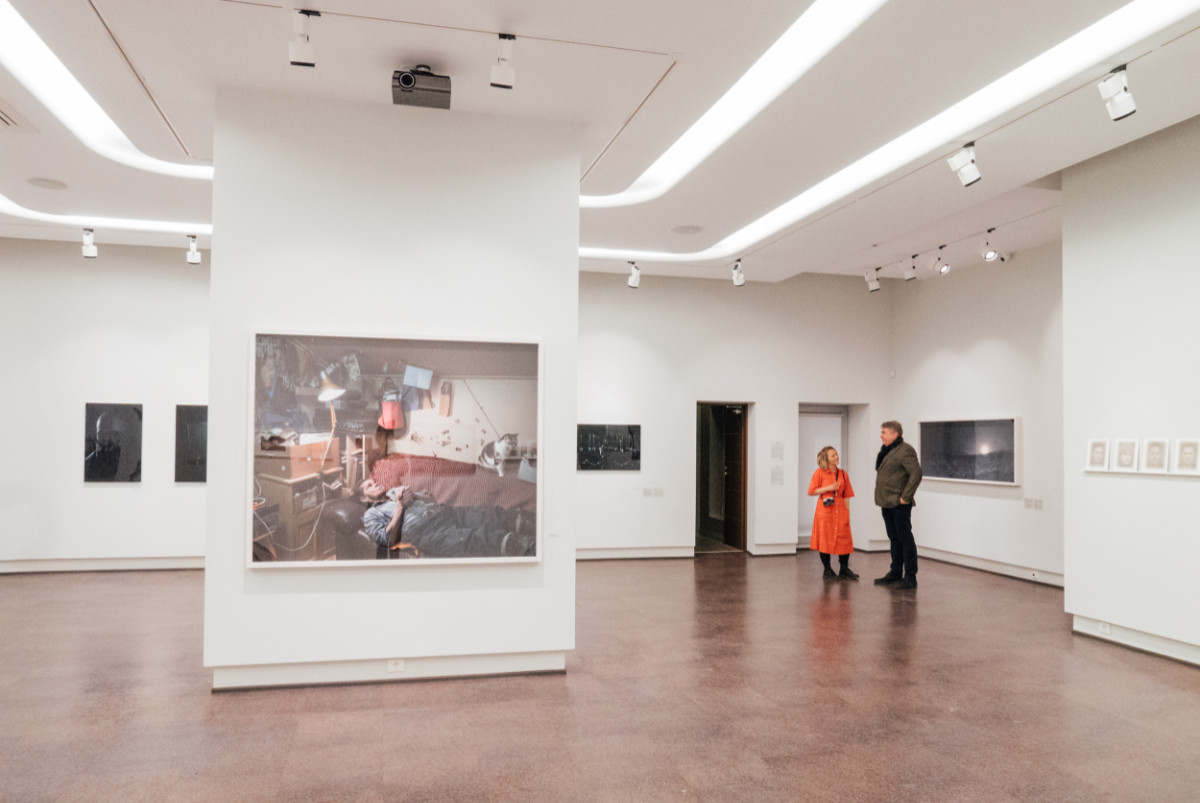Independence Through the Lenses
Juha Arvid Helminen, Sara Hornig, Jaakko Kahilaniemi, Riitta Päiväläinen, Harri Pälviranta, Juha Suonpää, Juuso Westerlund
Robert Capa Center for Contemporary Photography, Budapest https://capacenter.hu/
FLUSS Wolkersdorf http://www.fotofluss.at/index.php
Photon, Ljubljana https://photon.si/
Museum of Arts and Crafts, Zagreb https://en.muo.hr/
Photoport, Bratislava http://www.photoportgallery.com/
M. Zilinkas Gallery, Kaunas https://ciurlionis.lt/
Latvian Museum of Photography http://fotomuzejs.lv/museum/history
Siuliai Photography Museum https://fotomuziejus.lt/en/paroda/independence-trough-lenses/
January 2017-January 2018
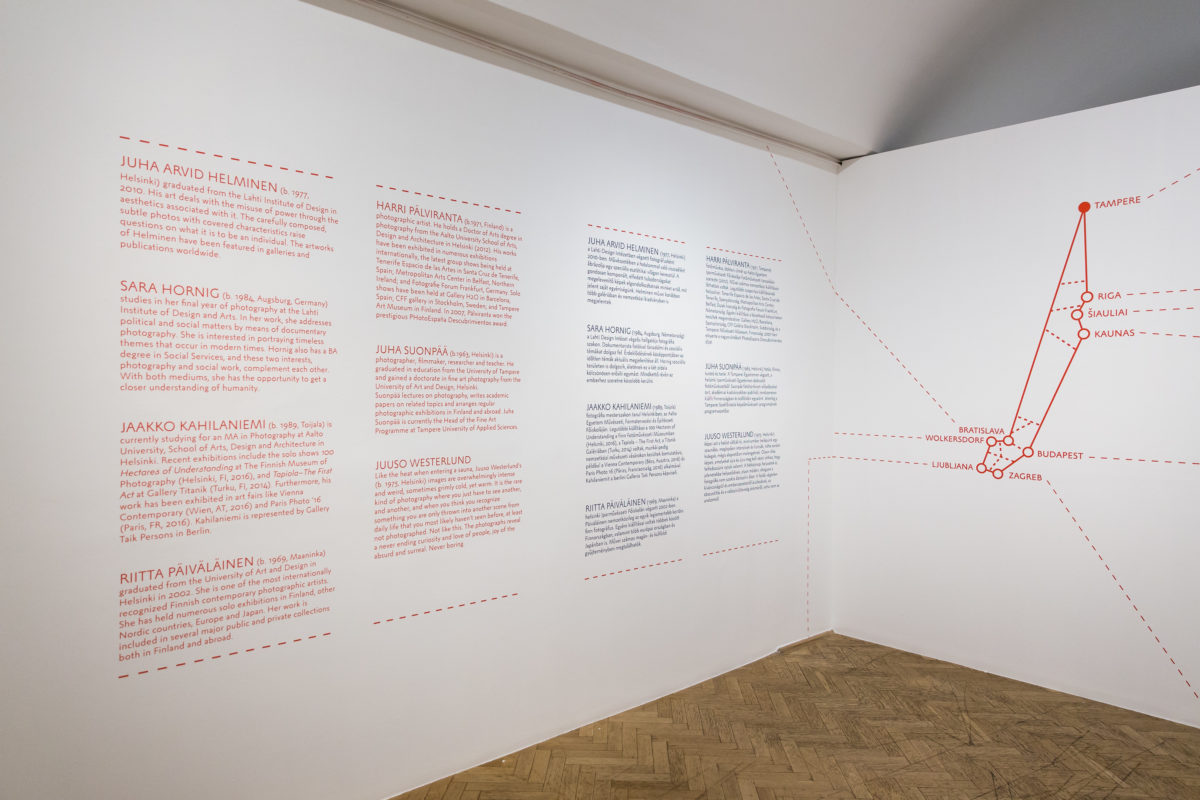
The exhibition tour Independence Through the Lenses, featured over 100 works from seven Finnish photographic artists. The exhibition was shown in eight European locations as part of the Programme on the centenary of Finland’s independence.
The experience of independence, cultural traditions and memories shape our ways of seeing and looking at ourselves and at others. National identity can meld us into familiar characterisations, but it also gives us momentary uniqueness.

In Juha Suonpää’s Holy Melancholy, Santa Claus is seen as an allegory for being Finnish, and through him national stereotypes are dismantled against the backdrop of familiar romantic nationalism.
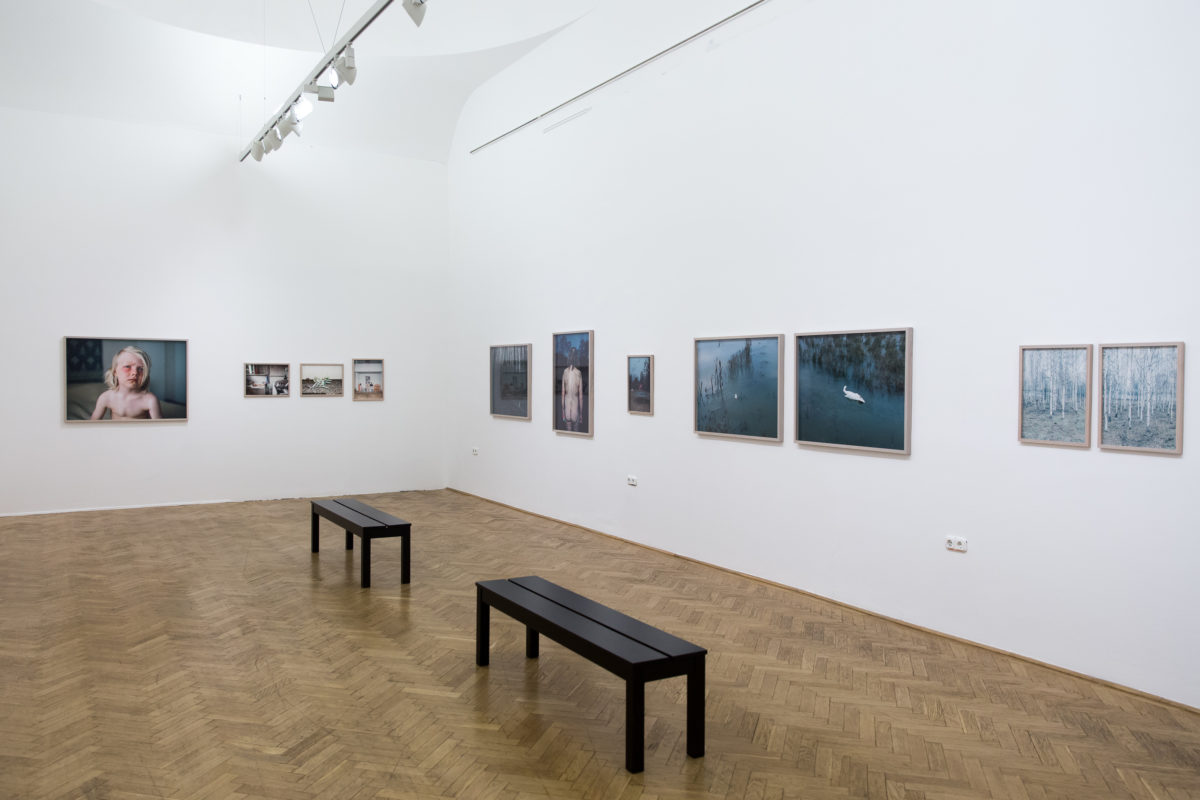
Juuso Westerlund’s Jackpot is full of longing and gloom, human warmth from Finnish backyards with dreams still waiting to be fulfilled. Silver lined longing can be sensed also in his series Looking for Heroes. Westerlund returns to Kainuu region, where the stories for Finland’s national epic Kalevala where collected. He traces the characters, the men of wisdom and spell and finds the modern Sampo, magician treasure and wealth apparatus, Talvivaara mine. A mine -the miracle that was expected to bring both work and wealth to the region but instead collapsed the properties values by polluting the small rivers of the region for years.
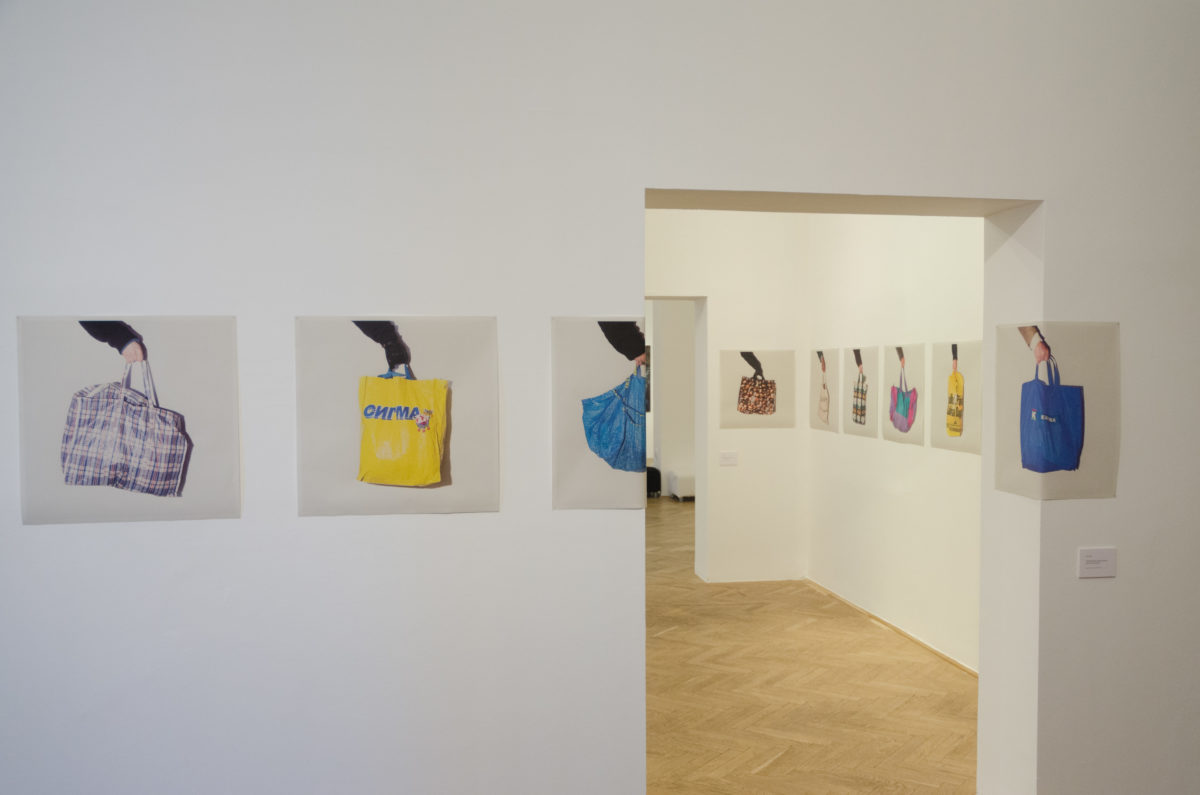
In cities the breadlines grow. The virulent food aid bags of Sara Hornig’s Our Daily Bread have an air of daily submissive despair – modern welfare state with high education standards where people go hungry and even die of loneliness. Loneliness creates a space with no entrance for the others and these others are in the main role of Hornig´s series Half of Us, the life alongside depression. One of five Finns suffer from depression during their lifetime, already half of the 5 million population of Finns has a friend or a relative suffering from depression.
The characterisation of a nation and its inhabitants is more quotidian than ceremony speeches. Independence Through the Lenses shows the everyday heroism of coping, managing and letting go, carrying along the memories and the past as part of oneself.

Harri Pälviranta’s Military Dispatch and Juha Suonpää’s IBIDEM go through the Finnish wars in relation to today. Pälviranta in national and individual level and Suonpää in the city of Tampere, one of the main battlefields of the Finnish civil war in 1918. The same shoulders of the dead soldier carry both cloaks, the one of national glory and the one of grief from the near ones left behind.

The foughted freedom -freedom of speech, current awareness of alternatives available, enable polyphonic national and individual identity. At the same time, public discussion and generalized opinions insidiously lower the limits of acceptability, while strengthening controversial power structures. Both Harri Pälviranta’s With guns one can and Juha Arvid Helminen’s The Invisible Empire discuss power and violence. In our desire to act well and right, we end up in a state of confusion where we lose sight of what is fair and how to defend democratic equality and self-determination without being personally targeted, placed outside, or on the other side. Wariness and fear narrow our common living space.

In Riitta Päiväläinen’s Imaginary Meetings, inklings serve as passages between memory and oblivion, between presence and absence. The scenery, and the space Päiväläinen has created into it, the vanishing traces and vestiges allow us to imagine what might have happened previously, or who might have earlier worn the dress that has now become part of the scenery. Roots, independence, a sense of belonging create comfort and refuge, an emotional bond and an idea of a place you can always go back to.
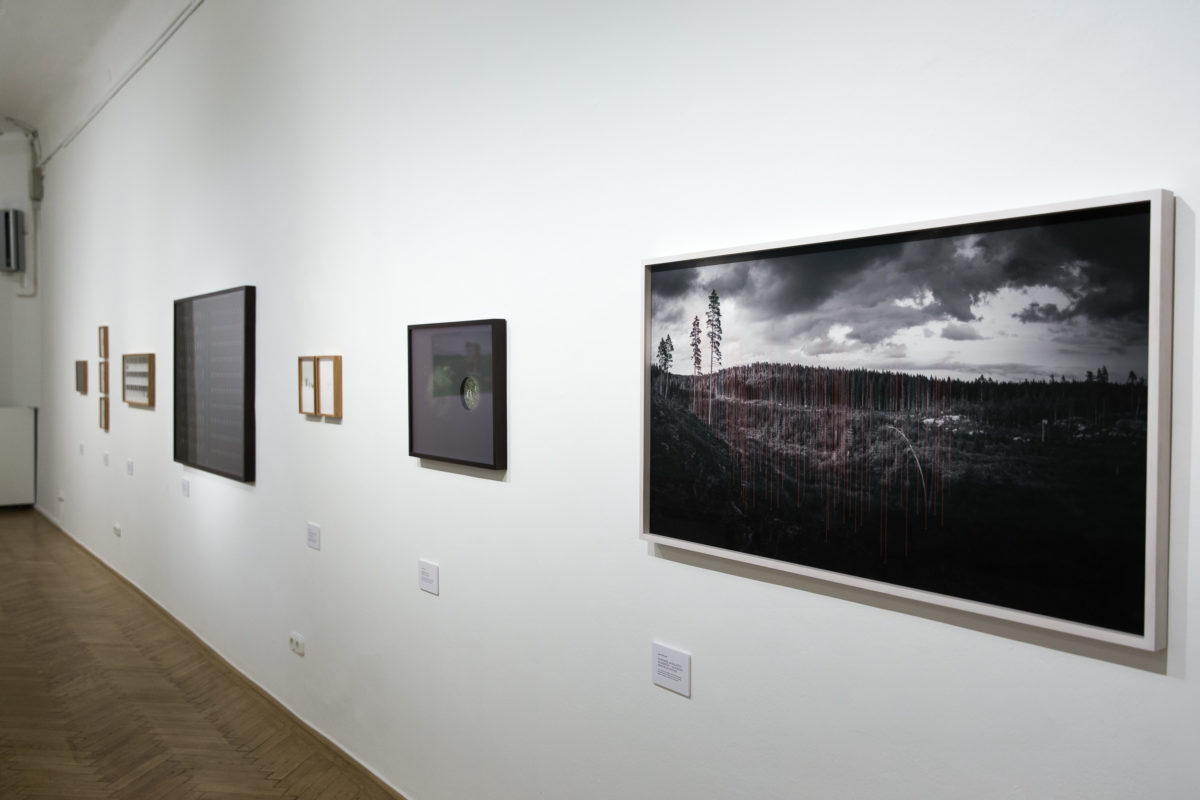
Jaakko Kahilaniemi returns to search the forest, as its owner. 100 Hectares of Understanding is Kahilaniemi’s attempt to understand the 100 hectares of forest he inherited.
